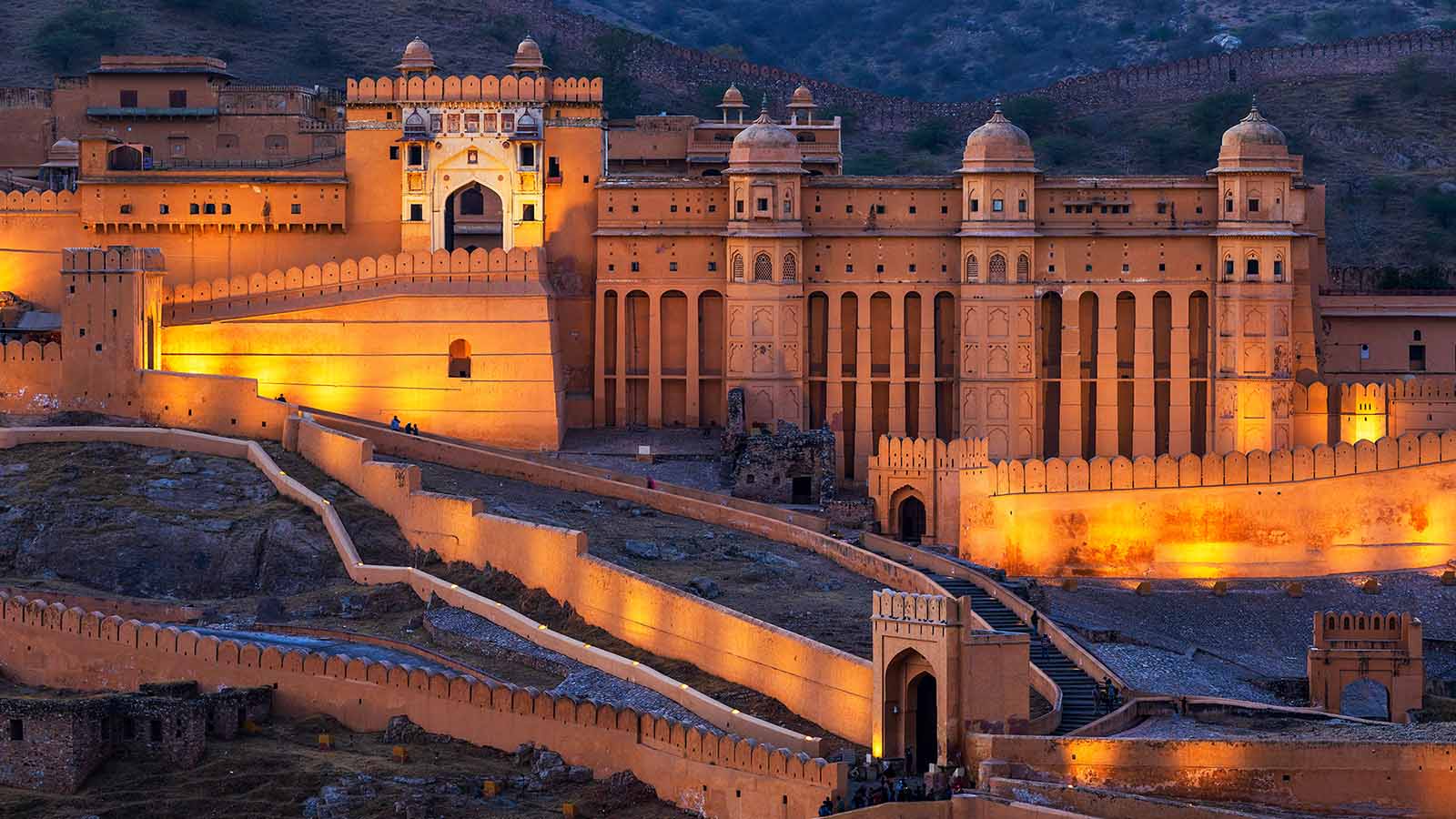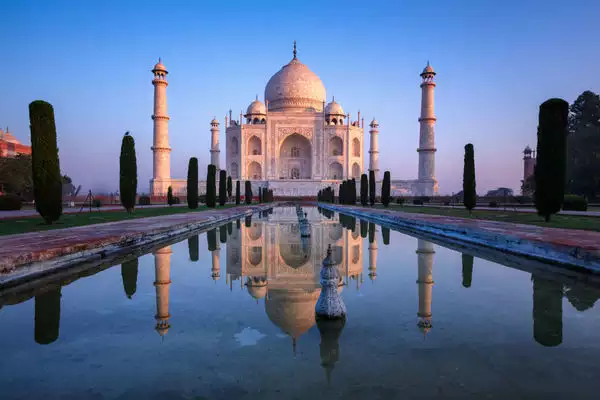Keoladeo Bird Sanctuary
Famous For
Birds
Special Attraction
Birds of prey and Sarus cranes
Peak Time
December – February
Best Time To Go
October – March
Keoladeo National Park, located in Rajasthan, is a wetland of international significance for migratory waterfowl, serving as a crucial stopover on the Central Asian flyway. It is an essential wintering ground for Palaearctic migratory waterfowl and is renowned for its large congregation of non-migratory resident breeding birds. Officially known as Keoladeo Ghana National Park, it is commonly referred to as Bharatpur Bird Sanctuary and is considered a pilgrimage site for bird enthusiasts. Formerly the hunting grounds of the Maharajas of Bharatpur, it is now a UNESCO World Heritage site. Despite its relatively small size of 29 sq. km, it boasts over 375 bird species, with more than 115 breeding within the park, and new species are regularly added to the list.
A birder's paradise
Tours to Keoladeo & Beyond
Things To Do

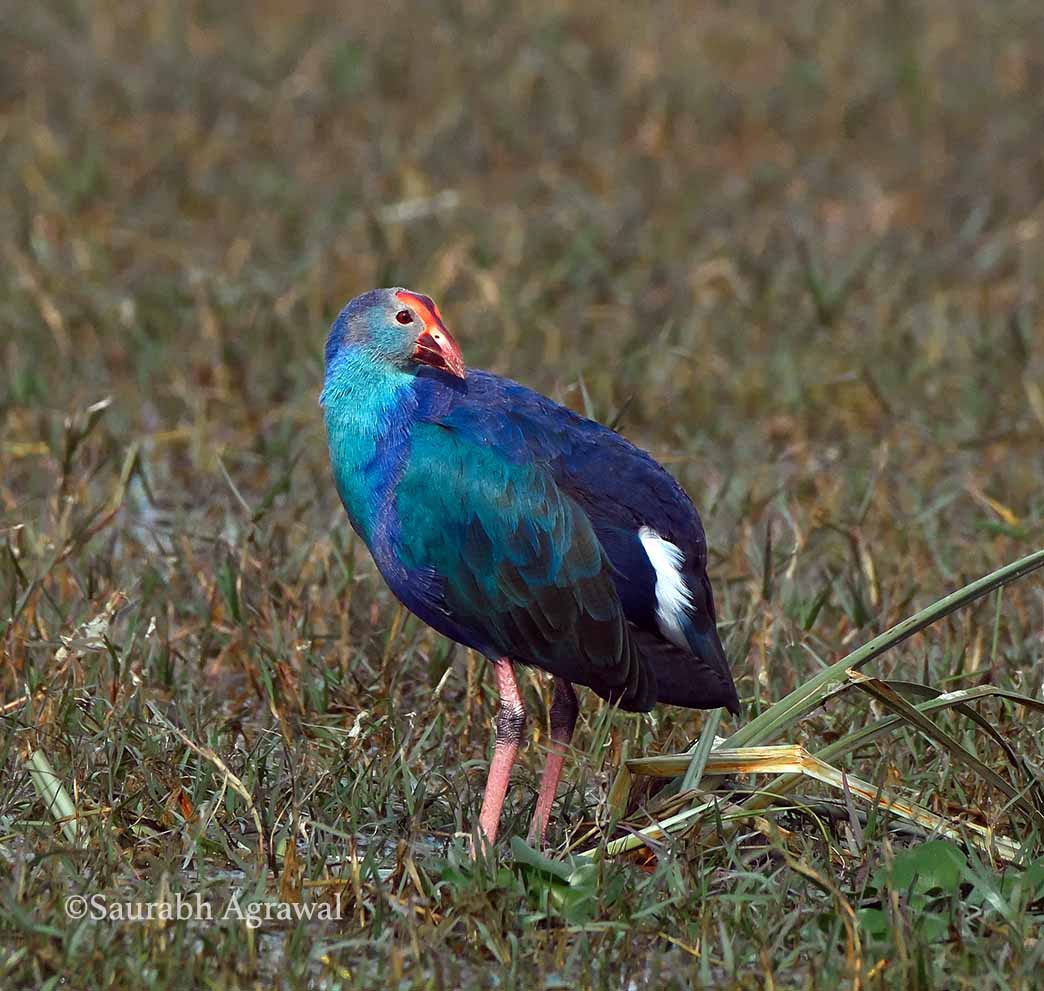
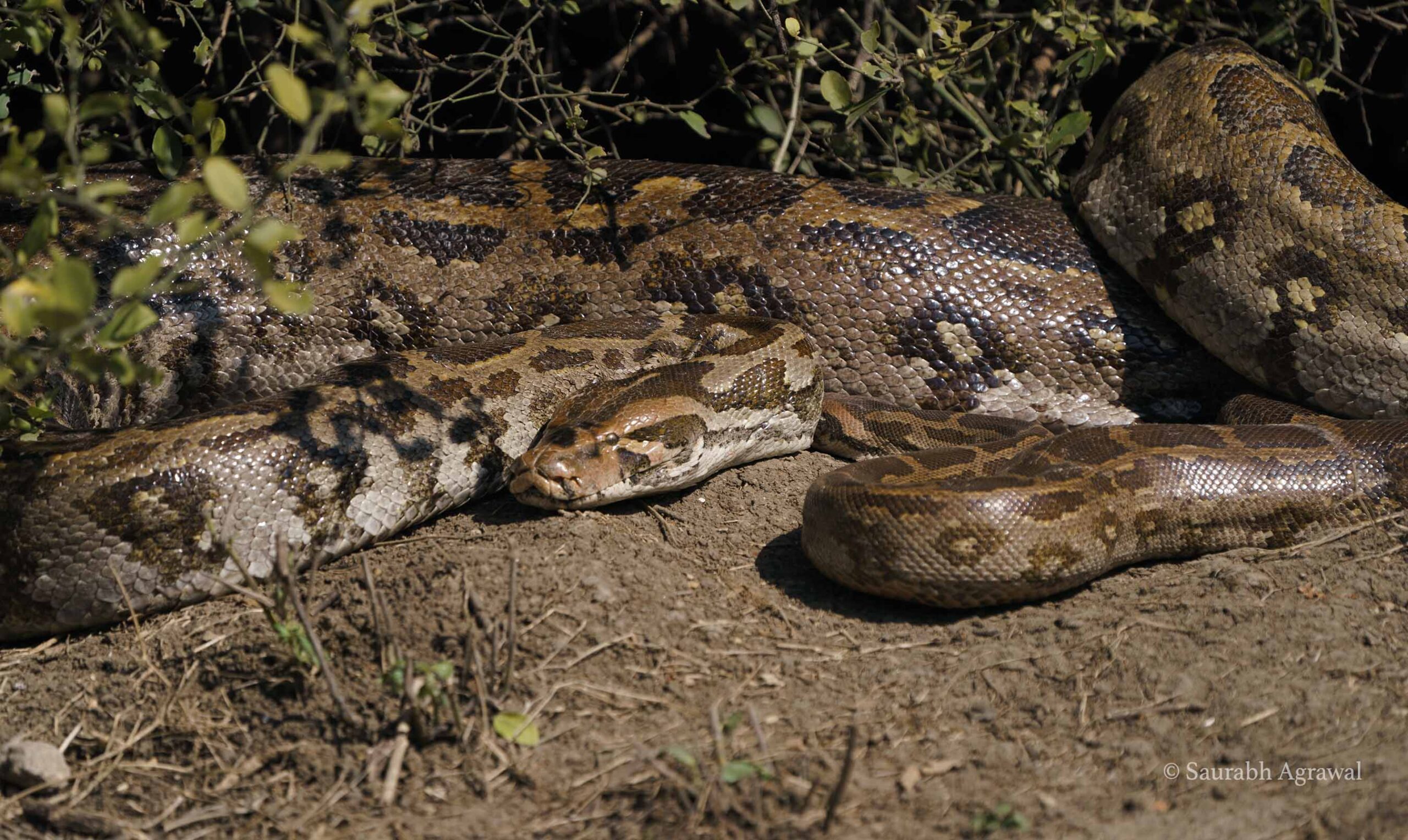
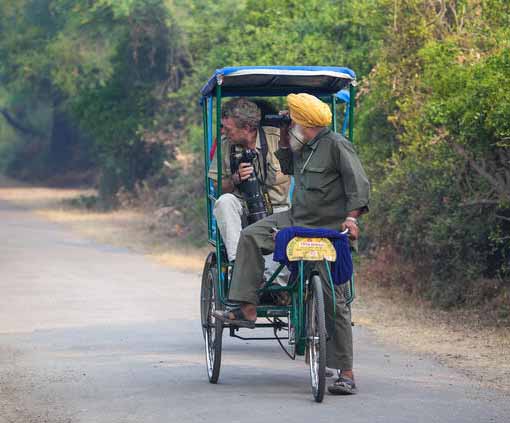
Exploring Keoladeo
This ‘Bird Paradise’ was developed in a natural depression wetland that was managed as a duck shooting reserve at the end of the 19th century. While hunting has ceased and the area declared a national park in 1982, its continued existence is dependent on a regulated water supply from a reservoir outside the park boundary. The park’s well-designed system of dykes and sluices provides areas of varying water depths which are used by various avifaunal species.
There are well-defined forest trails, which can easily be covered on foot or on a cycle or you can also hire a rickshaw that are available on hire. Rickshaw pullers have been trained by the park management in bird watching and are quite knowledgeable. Boats are also available on hire. A early morning boat trip or a late evening one is quite a rewarding experience to check out the hidden surprises of Bharatpur.
The most prominent waterfowl coming to this park are bar-headed and greylag geese. More than 20 species of ducks have been seen in Keoladeo. The ducks usually found here are pintail, ruddy-shelduck, wigeon, common shelduck, shoveler, garganey, lesser whistling, Indian spot-billed and endangered ferruginous ducks can be seen.
Other water depended birds found are common, white-throated and pied kingfishers, little and great cormorants, Oriental darter, grey and purple heron, great and little egrets, striated and black-crowned night heron, painted, woolly- necked and black-necked storks, Asian openbill, black-headed and glossy Ibis, Eurasian spoonbill, pheasant-tailed and bronze-winged jacanas, white-breasted waterhen, purple swamphen and black-winged stilt.
Keoladeo is also home to the majestic sarus crane which is generally found in a pair or small family group. Common crane along with demoiselle crane and three species of pelican viz. great white, Dalmatian and spot- billed can also be found here.
Reptiles such as the huge Flap-shelled turtle are often seen sunbathing on dry land while Asian monitors patrol for prey. You may also see Indian rock pythons sunning themselves at midday.
Note: You will be taking paddle rickshaw in Keoladeo Bird Sanctuary for your rides in the park. Here we would like to mention that it may seem unjustified and you may feel little embraced being pulled by rickshaw driver. It is our duty, bearing in mind our responsible tourism policy, to mention that locals find this as their best source of income and enjoy showing you around. And we feel this is the best way to contribute to local economy. It is also to be noted that these rickshaw driver are expert birdwatchers who will tell you the name of birds in English and can spot birds from distance away without peeping through the binoculars.
Further, we do not want to stress on taking rickshaw. If you still feel that you are better off than we would suggest taking bicycles or your reliable legs to enjoy this UNESCO world heritage site.
Taj Mahal and Fathepur Sikri
Agra, just 55 km away from Keoladeo, is home to the world’s most famous Monument of love, the Taj Mahal. Together with the Mughal city of Fatehpur Sikri (22 Km), it makes for an excellent day trip. At Sikri, you can see Buland Darwaza, the highest gateway in India, the well-preserved buildings and some of the best Mughal architecture.
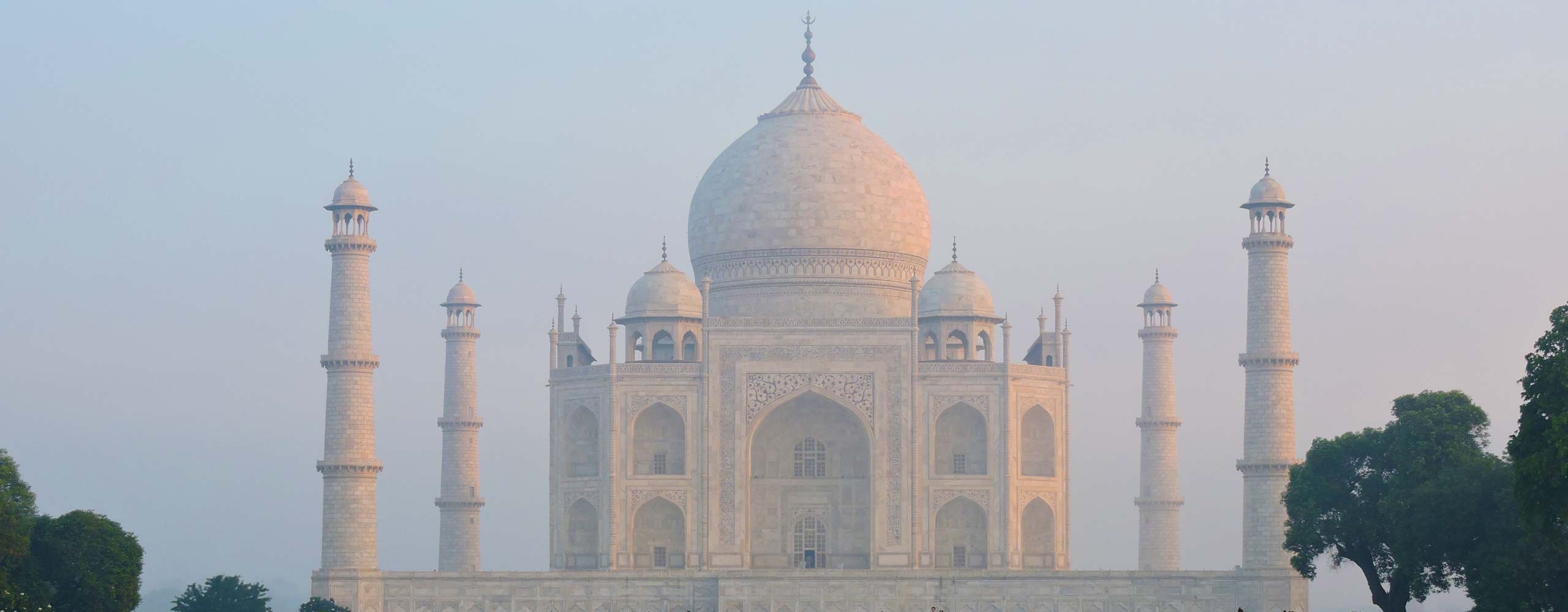

Chambal Sanctuary
Just a short drive from Keoladeo, you’ll find the National Chambal Sanctuary, named after the pristine Chambal River. With its picturesque backdrop of ravines and sandbanks, the sanctuary invites visitors to enjoy tranquil boat rides along the serene river waters. It’s a hotspot for spotting Gharials, Gangetic Dolphins, and possibly the largest population of Indian Skimmers in the world. A motorboat excursion here offers close encounters with various bird species and allows for rewarding exploration of the region’s diverse flora and fauna. Home to 8 out of India’s 26 turtle species, these waters teem with aquatic life. Opting for a day trip from Keoladeo is an ideal way to discover the marvels of Chambal.
Best time to visit
The best time to visit Keoladeo National Park is from October to March, during the winter months. This period offers pleasant weather and ideal conditions for birdwatching, as many migratory bird species flock to the park during this time. The weather is cooler, and the bird activity is at its peak, making it a prime time for wildlife enthusiasts and photographers alike.


